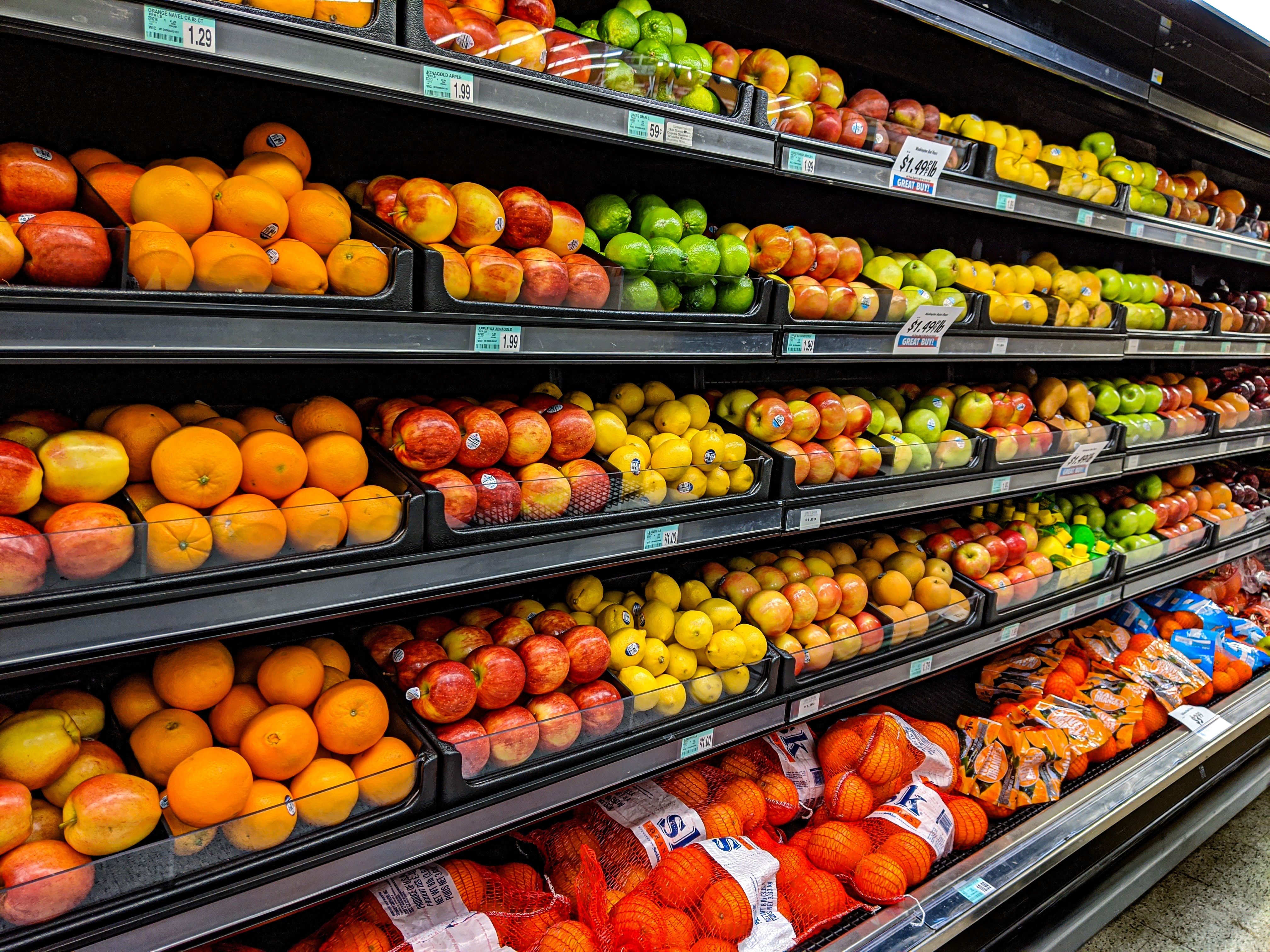Inflation showed signs of slowing down in April, offering some optimism that the cost of living might dip in the forthcoming months. Data released by the Labor Department on Wednesday revealed that the Consumer Price Index (CPI), which gauges the price of a diverse range of goods and services, climbed 0.4% in April. This increase matches the forecasted rise by Dow Jones, resulting in an annual uptick of 4.9%, marginally below the predicted 5% and the smallest yearly rise since April of the previous year.
When setting aside the fluctuating categories of food and energy, the core CPI for April also ascended by 0.4% on a monthly basis and 5.5% year on year, which is consistent with projections.
The CPI was primarily driven by rises in housing, gasoline, and used car costs, partially counterbalanced by decreasing costs of fuel oil, new cars, and domestic food.
The financial markets welcomed the news optimistically, with futures turning positive and Treasury yields decreasing. Quincy Krosby, chief global strategist at LPL Financial, interpreted this data as proof that the Federal Reserve's attempts to control inflation were taking effect, albeit at a slower pace than anticipated.
Although the CPI reading has significantly retreated since peaking at around 9% in June 2022, inflation continues to exceed the Federal Reserve's annual target of 2%.
The report offers mixed news for the Federal Reserve officials as they consider their next steps concerning interest rates. Housing costs, contributing to roughly one-third of the CPI, climbed by another 0.4% in April and are 8.1% higher than a year ago. This steady increase signals that significant inflationary factors are still on the rise.
As housing costs are expected to drop, the Fed is concentrating on "super core" inflation, which excludes food, energy, and housing. This metric rose by 0.4% in April, marking a 3.7% increase year on year, which is consistent with the annual pace of the previous month.
Out of the six indices used by the Bureau of Labor Statistics to calculate food costs, four exhibited a decline. For example, milk prices dropped by 2%, the largest monthly decrease since February 2015. Egg prices, which have been one of the primary contributors to the food index over the past year, fell by 1.5%, reducing the yearly increase to 21.4%.
In terms of labor, real average hourly earnings, adjusted for inflation, increased by 0.1% in April, but they were still down 0.5% from a year ago, according to a separate report by the BLS.
This CPI data was published just a few days following the BLS's report stating that nonfarm payrolls rose by 253,000 in April. This exceeded expectations and indicated that the labor market remains strong, despite the Federal Reserve's efforts to curb demand.
In its latest move to address inflation, the Federal Reserve, after approving its most recent rate hike, removed the suggestion of future increases. Instead, the language has been altered to indicate that decisions will be data-driven, relying on the analysis of incoming information.
This Thursday, the Labor Department is set to publish the April Producer Price Index (PPI), which measures the wholesale prices on final demand goods and services. The report is predicted to show a 0.3% overall increase and a 0.2% core rise.
Q&A Section:
Q: What was the increase in the Consumer Price Index in April?
A: The Consumer Price Index (CPI) rose by 0.4% in April.
Q: What contributed to the increase in the Consumer Price Index in April?
A: The increase in the CPI was mainly due to rises in housing, gasoline, and used car costs.
Q: What has been the Federal Reserve's response to persistent inflation?
A: In response to persistent inflation, the Federal Reserve has implemented ten successive interest rate hikes since March 2022, totaling a 5 percentage point increase.
Q: How have food prices changed in April? A
: Food prices remained stable in April, with some items like milk and eggs showing a decline.
Q: What is the anticipated change in wholesale prices on final demand goods and services as per the April Producer Price Index?
A: The April Producer Price Index is expected to show a 0.3% overall increase and a 0.2% core rise.










